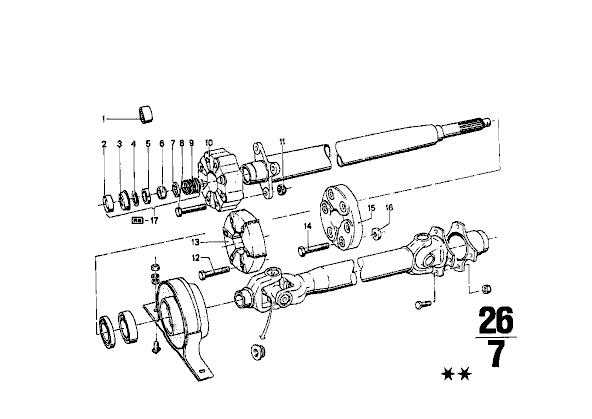I thought the flat style, disc, guibo was for automatic transmission cars. At least, that is what the parts catalog calls it out for.
So Don, the early style is the one with the ridges around the sleeves, the late is the disc type? What is the M, and can it be used on our cars?
So Don, the early style is the one with the ridges around the sleeves, the late is the disc type? What is the M, and can it be used on our cars?


